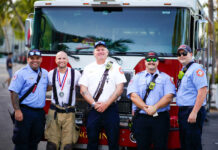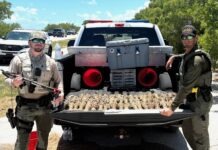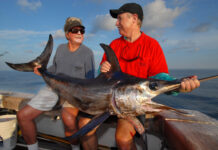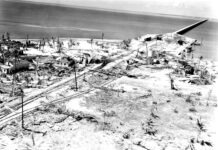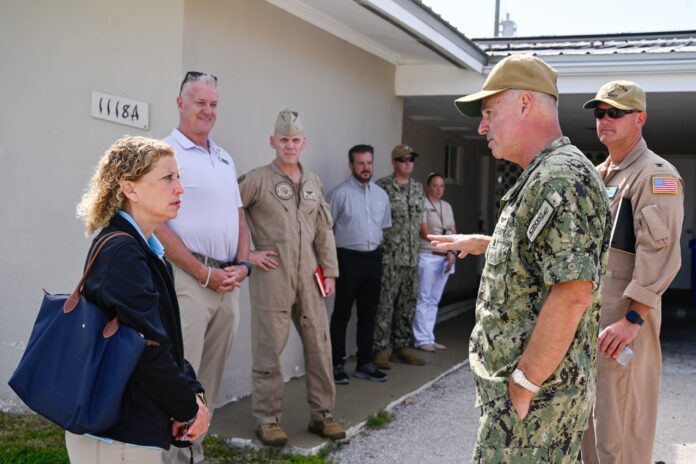
During a visit to Naval Air Station (NAS) Key West today, Commander, Navy Installations Command (CNIC) Vice Adm. Scott Gray underscored the Navy’s unwavering commitment to providing safe, high-quality homes for Sailors and their families and highlighted the Navy’s strategy to modernize military housing in the area.
Significant ongoing housing recapitalization and redevelopment efforts are taking shape, to include approximately $67 million in fiscal year 2026 to support the Navy’s long-term strategy to modernize military housing in Navy Region Southeast, accelerate housing refurbishment, and support new construction at NAS Key West.
This funding will accelerate and address critical infrastructure needs and help modernize living spaces across the installation.
“My visit here today underscores the Navy’s active commitment to delivering tangible improvements in housing,” said Gray, who oversees 10 Navy regions and 70 installations. “This substantial investment at NAS Key West, coupled with our vigilant oversight, is a clear demonstration of our resolve to make lasting improvements in military housing.”
The Navy remains focused on working with and holding Public-Private Venture (PPV) partners accountable to deliver results that reflect the value it places on those who serve. Leadership acknowledged that rebuilding confidence in privatized housing will require sustained effort, emphasizing that the existing Public-Private Venture (PPV) model can succeed with robust oversight and clear intent.
Gray’s visit comes after a turbulent period of lawsuits and complaints from current and former military members and their families who lambast the US military for the conditions of military housing, which include mold, water damage and other sub-standard qualities. Residents also have been frustrated by the Navy’s private housing partner in Balfour Beatty.
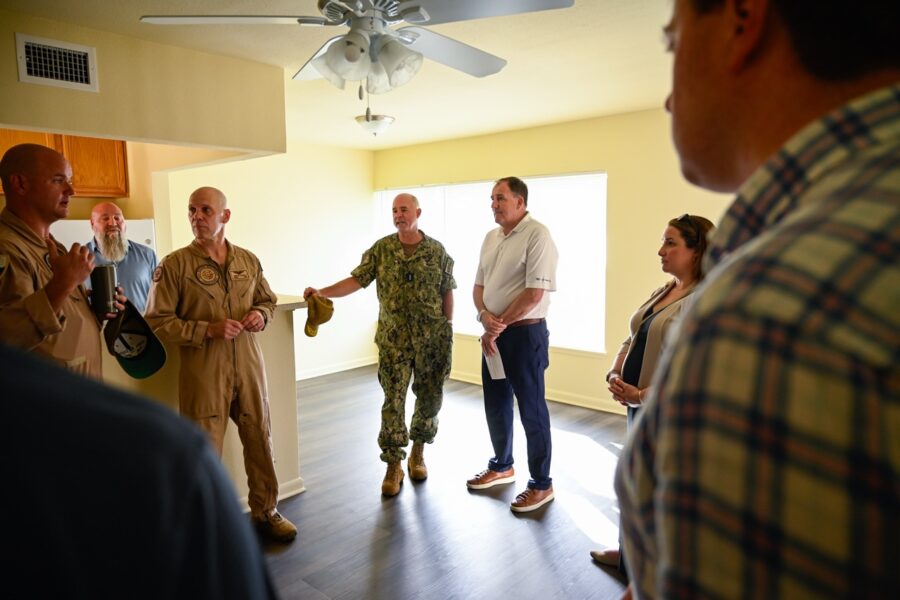
“Our residents are right to expect better,” Gray said. “We’ve increased transparency, elevated unresolved issues and pushed for faster, more reliable fixes. The goal is not a temporary patch, but a long-term change in how problems are prevented, identified, and solved.”
During his visit, Gray along with Commander, Navy Region Southeast Rear Adm. John Hewitt, NAS Key West Commanding Officer Capt. Colin Thompson and other military personnel toured military housing, met with Balfour Beatty Communities management, and visited Joint Interagency Task Force South.
Additionally, Gray, Hewitt and installation leaders met with U.S. Representative Debbie Wasserman Schultz (D-FL). Discussions centered on the base’s critical role in providing world-class airspace, ranges and infrastructure for aviation training, alongside a candid conversation about the challenges facing privatized housing and the Navy’s commitment to sustaining the fleet, enabling the fighter and supporting families.
As recapitalization efforts continue, the Navy is committed to keeping residents informed and engaged throughout the process through regular town hall meetings, updated online resources, and direct communication channels with housing management. These improvements aim to significantly enhance residents’ quality of life, providing modern amenities, improved safety standards and a greater sense of community within base housing.







